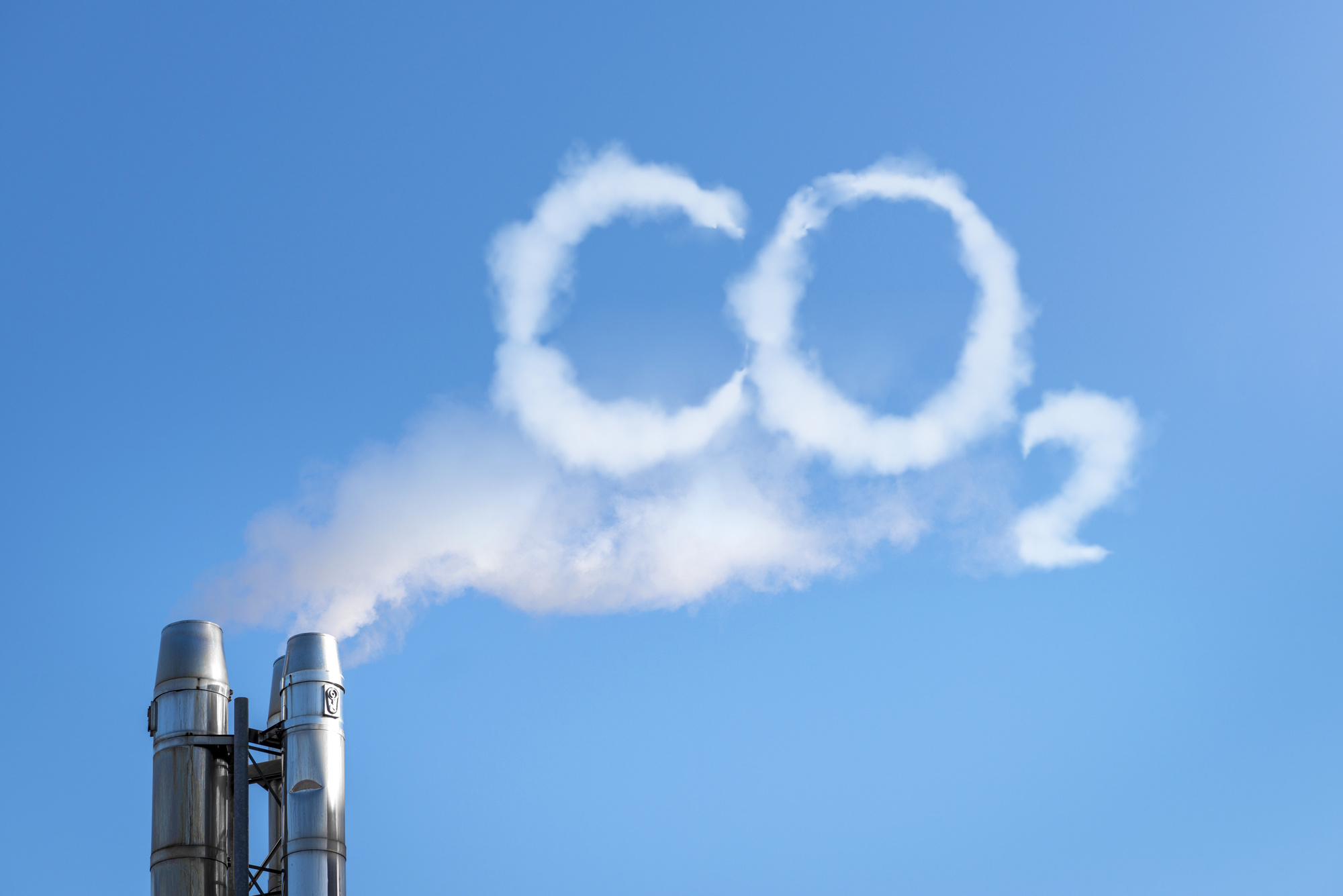The rate of decarbonisation required to achieve the 1.5°C objective set out in the Paris Agreement is five times as challenging, following a short-lived COVID-19 related decline in global emissions.
The "PwC Net Zero Economy Index 2021" finds that a decarbonisation rate of 12.9% - more than five times greater than what was achieved over the last year (2.5%) and eight times faster than the global average over the course of the 21st century - is required to halve global emissions by 2030 and to reach net zero by mid-century. This is the trajectory needed to meet the Paris Agreement goal of 1.5°C and avoid catastrophic climate change.
Global energy demand fell by 4.3% in 2020, leading to a reduction in energy related emissions of 5.6% (from 2019 levels) as well as a decline in total global emissions. As a result, the rate of global decarbonisation (reduction in carbon intensity: energy-related CO2 emissions per dollar of GDP) reached 2.5%, but this was just a slight increase from the 2019 rate of 2.4%. However, the emission reduction resulting from this energy demand anomaly still falls way short of the progress needed to keep the temperature rise below 1.5°C.
Even with the global economic slowdown in 2020, no country in the Group of 20 (G20) was able to achieve the 12.9% rate of decarbonisation required to limit warming to 1.5°C. Only a handful of countries have ever successfully achieved double-digit rates of decarbonisation. Although the majority of the G20 have set ambitious climate targets, these have yet to translate into clear policy actions that will deliver the changes needed.















